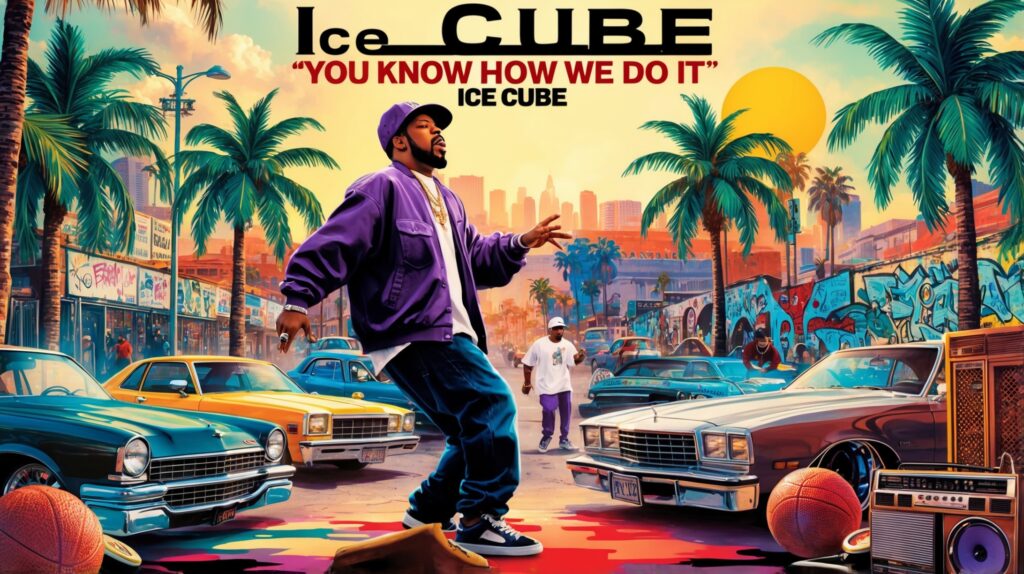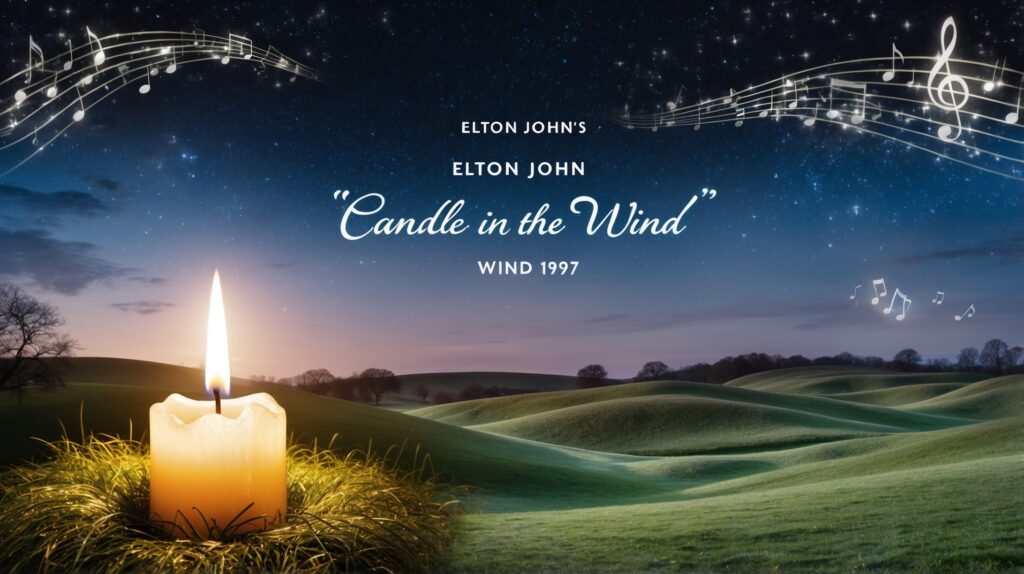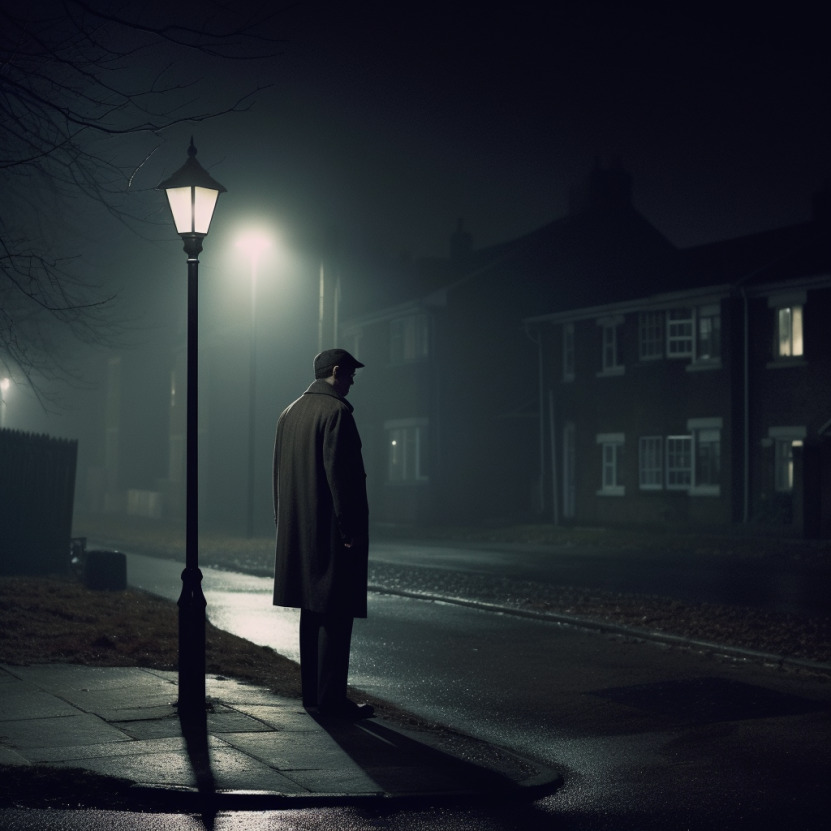?Did you know #BillyJoel’s “Allentown” isn’t really about Allentown, PA? The Piano Man was actually inspired by nearby Bethlehem’s steel industry! ? Rockin’ tunes = hidden history! ? #MusicTrivia #AllentownFacts #80sVibes Read about it: tinyurl.com/2vym2y35
Exploring the Depths of the Working Class Struggle with Billy Joel’s Anthem
Diving into the resilient spirit of America’s working class, Billy Joel’s “Allentown” captures the heartache and triumphs of a declining industrial town through his signature storytelling and melodic flair.
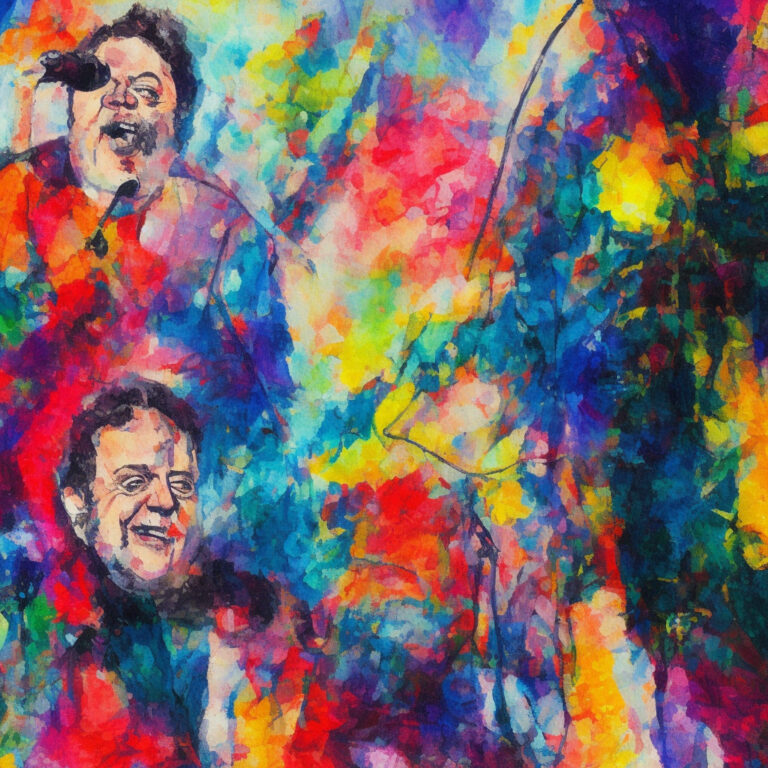
Billy Joel, also known as the “Piano Man,” has been an iconic figure in the American music scene for over five decades. With a career spanning 33 top 40 hits in the US, six Grammy Awards, and over 150 million records sold worldwide, Joel’s influence on the American music landscape is undeniable.
In 1982, the celebrated singer-songwriter released his sixth studio album, “The Nylon Curtain,” which featured the thought-provoking track “Allentown.” Known for his storytelling prowess, Joel uses this song to delve into the plight of the working-class people in the declining steel industry of Allentown, Pennsylvania. The song’s lyrics capture the struggles and disillusionment faced by these hard-working Americans as they grapple with the harsh realities of economic decline and the loss of their livelihoods.
Joel’s songwriting shines through in “Allentown,” as he marries a catchy, upbeat melody with poignant lyrics, resulting in a bittersweet ode to the blue-collar workers in a shrinking industrial town. The song resonated with listeners, peaking at number 17 on the Billboard Hot 100, and became one of the defining tracks of Billy Joel’s career.
However, it is worth noting that “Allentown” faced some controversy upon its release. Some Allentown residents, including the then-mayor, took offense to the song, feeling that it painted their town in a negative light. They believed the song’s portrayal of the community’s struggles overlooked the perseverance and resilience of the people living there. Despite this backlash, Joel has stated that he intended the song to be a tribute to the working-class spirit, showcasing the strength of the people in the face of adversity.
Over the years, Billy Joel has been recognized for his outstanding contributions to the world of music. He was inducted into the Songwriters Hall of Fame in 1992, the Rock and Roll Hall of Fame in 1999, and received the prestigious Gershwin Prize for Popular Song in 2014. While “Allentown” may have stirred some controversy, it remains an important piece of social commentary in his illustrious career, offering a fitting salute to the working-class people who are the backbone of America.
Charting the Journey of an Anthem
“Allentown”: Billy Joel’s 1982 powerful anthem that conquered charts and hearts, leaving an enduring mark in music history.

“Allentown” was released as a single on September 29, 1982, from Billy Joel’s album The Nylon Curtain. The song quickly gained traction and debuted on the Billboard Hot 100 chart on October 23, 1982. Initially entering the chart at position 67, it steadily rose through the ranks over the following weeks.
With its catchy melody and powerful lyrics, it was no surprise that “Allentown” made its way to the Top 20 in the Billboard Hot 100. The song reached its peak chart position on January 22, 1983, securing a spot at number 17. It held onto this rank for two weeks before starting its descent down the chart. In total, “Allentown” spent an impressive 17 weeks on the Billboard Hot 100.
The song also found success on other charts, such as the Cash Box Top 100 Singles and Billboard’s Adult Contemporary chart. On the Cash Box Top 100, “Allentown” peaked at number 15, while it reached number 24 on the Adult Contemporary chart.
In addition to its success in the United States, “Allentown” also managed to make waves on the international scene. The song charted in Canada, climbing to number 30 on the RPM Top Singles chart.
While “Allentown” may not have achieved a top 10 chart position, it undoubtedly left an indelible mark on the music world. The song’s chart success served as a testament to its enduring appeal and the talents of Billy Joel. Today, “Allentown” remains a cherished anthem for many and continues to be a staple in Billy Joel’s live performances.
Dissecting the Powerful Lyrics of Allentown
As an experienced music blogger, it’s always fascinating to dive into the lyrics of a song and understand the message it conveys. In “Allentown” by Billy Joel, the lyrics play a crucial role in painting a vivid picture of the struggles faced by the working class during the decline of the American manufacturing industry in the late 20th century. Let’s examine these lyrics more closely:
And they’re closing all the factories down
Out in Bethlehem they’re killing time
Filling out forms
Standing in line
(…)
And we’re waiting here in Allentown
The song starts by setting the scene in Allentown, Pennsylvania, a town that was once a thriving center for steel production. However, by the time the song was written in 1982, the steel industry was in decline, and factories were shutting down, leaving many workers unemployed and disillusioned.
The lyrics poignantly depict the harsh realities faced by these workers and their families, as they struggle to make ends meet and hold onto hope for a better future. Lines like “Out in Bethlehem they’re killing time, filling out forms, standing in line” highlight the sense of desperation, as people have little to do but wait for jobs that may never come.
As the song progresses, there is a growing sense of disappointment and disillusionment with the American Dream – a theme that resonates strongly with the spirit of the time. In the early 1980s, the United States was grappling with a stagnant economy, high inflation, and a sharp rise in unemployment. The optimism and promise of previous decades seemed to have vanished, replaced by a growing sense of unease and uncertainty.
Through its storytelling, “Allentown” managed to capture the zeitgeist of the era, giving voice to the struggles of a generation that was forced to confront the harsh realities of a changing world. The song’s lyrics serve as a powerful reminder of the importance of empathy and understanding – values that remain just as relevant today as they were when the song was first written.
A Visual Journey Through Allentown
Discover the authentic visual journey of industrial decay and working-class resilience in Billy Joel’s “Allentown” music video – a testament to early ’80s cinematic storytelling and directorial finesse.
The music video for Billy Joel’s “Allentown” provides an interesting visual experience that complements the song’s themes of industrial decline and working-class struggles in the titular Pennsylvania town. Directed by Russell Mulcahy, the music video was released in 1982, and just like many of the early ’80s music videos, it showcases Mulcahy’s stylish and cinematic approach to visual storytelling.
“Allentown” was filmed in an actual steel mill, adding an authentic atmosphere that is crucial to the video’s narrative. The setting allows viewers to experience the harsh realities faced by the steel workers during the decline of the industry. The video begins with a haunting image of the steel mill accompanied by the sound of a train whistle, which sets the tone for the story that unfolds.
Throughout the video, various industrial and working-class images are interspersed with shots of Billy Joel performing the song at a piano placed strategically in the mill. This juxtaposition of performance and environment provides a poignant visual metaphor for the struggle faced by the people of Allentown.
Another notable aspect of the “Allentown” music video is its use of innovative visual effects for its time. In one scene, images of workers are superimposed onto a wall, demonstrating the way their lives are entwined with the mill’s history. This technique, combined with the use of black and white and sepia-toned footage, creates a nostalgic and somber mood that reflects the song’s message.
Though the budget for the “Allentown” music video is not publicly disclosed, it’s clear that the production team put a significant effort into creating a visually striking and authentic representation of the song’s themes. The choice to film in a real steel mill highlights the dedication to staying true to the story, contributing to the overall impact of the video.
While the official music video for “Allentown” remains the most prominent visual accompaniment for the song, a number of fan-made videos and tributes can be found on YouTube. These fan creations demonstrate the lasting impact and continued resonance of the song’s themes with listeners.
Overall, the “Allentown” music video is an excellent example of early 1980s music video production and Russell Mulcahy’s directorial expertise. With its authentic and visually captivating portrayal of the struggles faced by the people of Allentown, the video remains a powerful and artistic representation of the song’s meaning.
The Genius Behind the Tunes: Billy Joel
Billy Joel, the mastermind behind the captivating track “Allentown”, has an illustrious and enduring career as a singer, songwriter, and pianist. Born in the Bronx, New York, in 1949, Joel is often referred to as the “Piano Man” after his iconic 1973 hit. With thirteen studio albums under his belt, Joel has an extensive collection of unforgettable songs, including “Uptown Girl,” “We Didn’t Start the Fire,” and “Only the Good Die Young.”
Throughout his career, Joel has garnered numerous awards and accolades, such as the Kennedy Center Honors (2013) and Gershwin Prize for Popular Song (2014). Despite these accomplishments, he remains a humble and passionate artist, focused on connecting with his fans and delivering heartfelt, timeless tunes. With his undeniable talent and dedication to his craft, there’s no question that Billy Joel will forever hold a special place in music history.
A Closer Look at “Allentown” Accolades and Appearances
“Allentown” by Billy Joel: A timeless anthem of resilience and nostalgia, leaving its mark on music history, pop culture, and artists across generations.
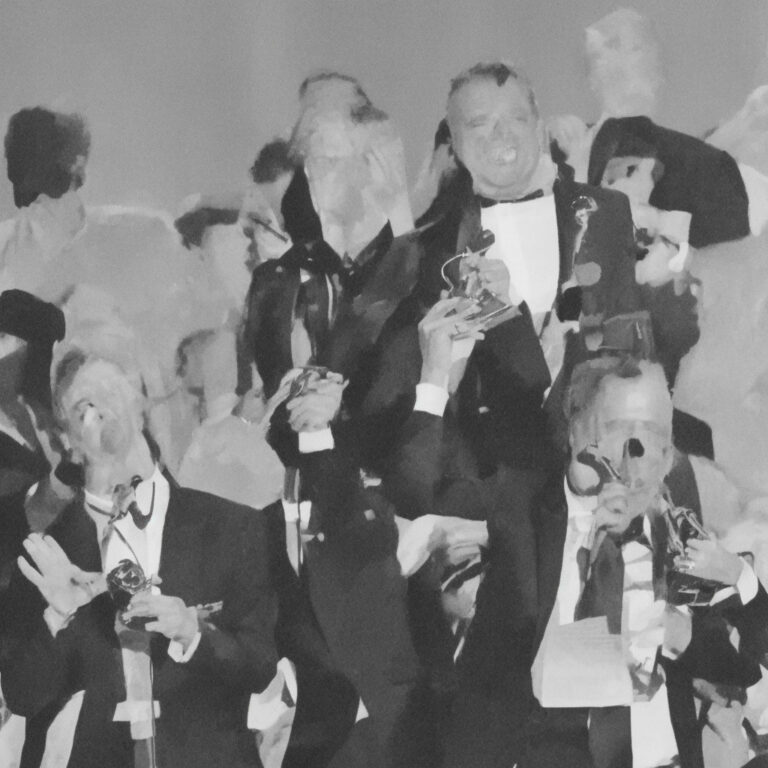
“Allentown” remains one of Billy Joel’s most celebrated and widely recognized songs. Released in 1982, the single reached No. 17 on the Billboard Hot 100 chart, cementing its place in the annals of music history. The song also became a critical success, as it was nominated for a Grammy Award in 1983 in the prestigious “Record of the Year” category.
Over the years, “Allentown” has maintained a strong presence across various media platforms. The song’s poignant narrative and powerful melody managed to captivate audiences beyond the music scene. In 1998, the song was featured in the film “Rounders,” starring Matt Damon and Edward Norton. This appearance helped introduce the track to a new generation of fans, expanding its lasting appeal.
Additionally, the song made its way into television, most notably in a 2005 episode of “The Office.” The popular sitcom used “Allentown” in a memorable scene featuring Michael Scott (Steve Carell), as he sings the song while playing the piano. This exposure further solidified the song’s status as a pop culture icon.
Throughout the years, a multitude of artists have paid tribute to Billy Joel and “Allentown” by recording their own renditions of the song. Notable covers include a 1996 version by folk-rock band The Hangdogs and a 2001 acoustic take by singer-songwriter Mary Lou Lord. These interpretations showcase the lasting impact and influence of “Allentown” on a diverse range of artists.
Video games, too, have not been immune to the allure of “Allentown.” In 2010, the popular music game “Rock Band 3” included the song in its extensive catalog of playable tracks. The game allowed players to drum, strum, and sing their way through Billy Joel’s classic hit, bringing the song’s unmistakable blend of rock and pop into the digital age.
As “Allentown” continues to resonate with audiences and musicians alike, its presence in various media and numerous cover versions stand as a testament to the song’s enduring appeal and cultural significance. While Billy Joel’s discography is filled with countless hits and memorable tunes, “Allentown” remains a shining example of the artist’s undeniable talent and versatility.
Diving into the Musical Landscape of “Allentown”
As an experienced music blogger, it’s always a pleasure to explore the intricacies of a song like “Allentown” by Billy Joel. This particular track is rich in its musical structure and showcases Joel’s prowess as a songwriter. Let’s start with the key and chord structure.
“Allentown” is set in the key of F major, which gives the song a somewhat optimistic yet poignant feel. The chord progression throughout the verses follows a pattern of F, Bb, C, and F, while the chorus shifts to a Bb, C, F, and C progression. The use of the IV (Bb) and V (C) chords in both the verses and the chorus lends a sense of resolve and stability to the overall harmonic structure of the song.
The tempo of “Allentown” is a moderate 75 beats per minute, which contributes to the laid-back, reflective atmosphere of the track. This tempo also allows for the song’s lyrics to be delivered with clarity and emphasis, highlighting the storytelling aspect that is central to the song’s theme.
In terms of instrumentation, “Allentown” features a strong presence of acoustic piano, which is one of Billy Joel’s signature instruments. The piano’s melodic line is complemented by a steady rhythm guitar, driving bass, and tight drumming. One noteworthy aspect of the song is the inclusion of a harmonica solo, which adds a unique and memorable touch to the overall arrangement.
Another fascinating aspect of “Allentown” is its use of dynamics. The song starts off relatively quiet, with just the piano and vocals, but builds in intensity as the other instruments join in. The chorus, in particular, reaches a powerful crescendo, with the full band playing together in a rich and compelling soundscape.
Structurally, “Allentown” follows a standard verse-chorus-verse-chorus-bridge-chorus format, which is common in many popular songs. The bridge section offers a change of pace, with a more subdued and introspective feel that contrasts nicely with the more energetic choruses. This well-crafted structure helps to keep the listener engaged throughout the song.
In conclusion, “Allentown” by Billy Joel is a prime example of a song with a solid musical foundation that is both engaging and thought-provoking. Its key, chord progression, tempo, instrumentation, and overall structure all work in harmony to create a memorable listening experience that showcases Joel’s immense talent as a songwriter and musician.




